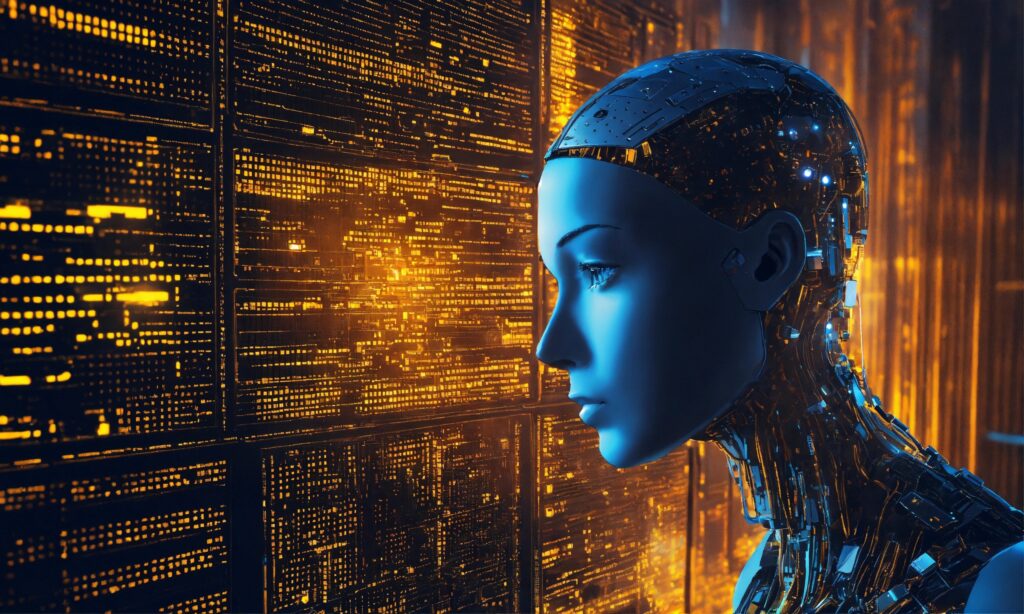The world of art has always been a domain where creativity knows no bounds. From the Renaissance masters to modern-day digital artists, the journey of artistic expression has evolved significantly. In recent years, the advent of AI technology has introduced a new dimension to this evolution, giving birth to AI art generators that can produce stunning and imaginative pieces. These AI tools have not only expanded the possibilities for artists but have also made art creation more accessible to everyone.
The Magic Behind AI Art Generators
AI art generators use complex algorithms and neural networks to create artworks that mimic the styles of famous artists or generate entirely new, unique pieces. One of the most fascinating aspects of these generators is their ability to learn from vast datasets of existing art. By analyzing patterns, colors, and techniques used in various artworks, AI can produce pieces that are both original and reminiscent of human-created art.
For instance, tools like https://makepix.ai/ have revolutionized the way we perceive digital art. By utilizing machine learning, this platform allows users to input simple parameters and receive intricate artworks in return. The AI can simulate brush strokes, color blending, and even the emotional undertones that are often present in traditional art. This capability not only democratizes art creation but also opens up new avenues for experimentation and innovation in the art world.
The integration of AI in art creation has sparked a new wave of creativity. Artists now have the ability to collaborate with AI, pushing the boundaries of what is possible. This collaboration between human intuition and machine precision results in artworks that are both technically impressive and emotionally evocative. Furthermore, AI art generators can save countless hours of manual work, allowing artists to focus more on conceptual development and less on execution.
Transforming the Artistic Landscape
The impact of AI art generators extends beyond individual artists. These tools are transforming the entire artistic landscape by challenging traditional notions of authorship and creativity. With AI-generated art, the line between human and machine creativity blurs, prompting intriguing questions about the nature of art itself. Can a machine truly be creative, or is it merely replicating human creativity? This debate adds a new layer of depth to the discourse on art and technology.

Moreover, AI art generators have made art more accessible to the masses. Individuals without formal training or artistic skills can now create beautiful pieces with the help of AI. This democratization of art creation has the potential to foster a more inclusive and diverse artistic community. By lowering the barriers to entry, AI is enabling more people to explore and express their creativity, leading to a richer and more varied art landscape.
As AI technology continues to advance, we can expect even more sophisticated art generators in the future. These tools will likely become more intuitive, allowing users to interact with them in more natural and seamless ways. For example, future AI art generators might use voice commands or augmented reality interfaces, making the process of art creation even more immersive and interactive.
Conclusion
Artificial imagination, powered by AI art generators, is redefining the boundaries of creativity and art. These innovative tools are not only enhancing the capabilities of artists, but also making art more accessible and inclusive. As we move forward, the collaboration between human creativity and AI technology will undoubtedly lead to new and exciting developments in the art world. Embracing this technological evolution opens up endless possibilities for artistic expression, allowing us to explore uncharted territories in the realm of creativity.
